Written by Natalie Aldridge.
Emerging originally from Vienna and inspired by earlier Empire and Director styles, Biedermeier furniture reigned supreme from 1815 to 1848. As the chaos of the Napoleonic wars subsided, a new era of peace and prosperity emerged along with a desire for a new style of furniture, one that would reflect the values of the times… Enter the Biedermeier movement, a style that embodied the spirit of the European bourgeoisie and their aspirations for a comfortable and refined lifestyle.
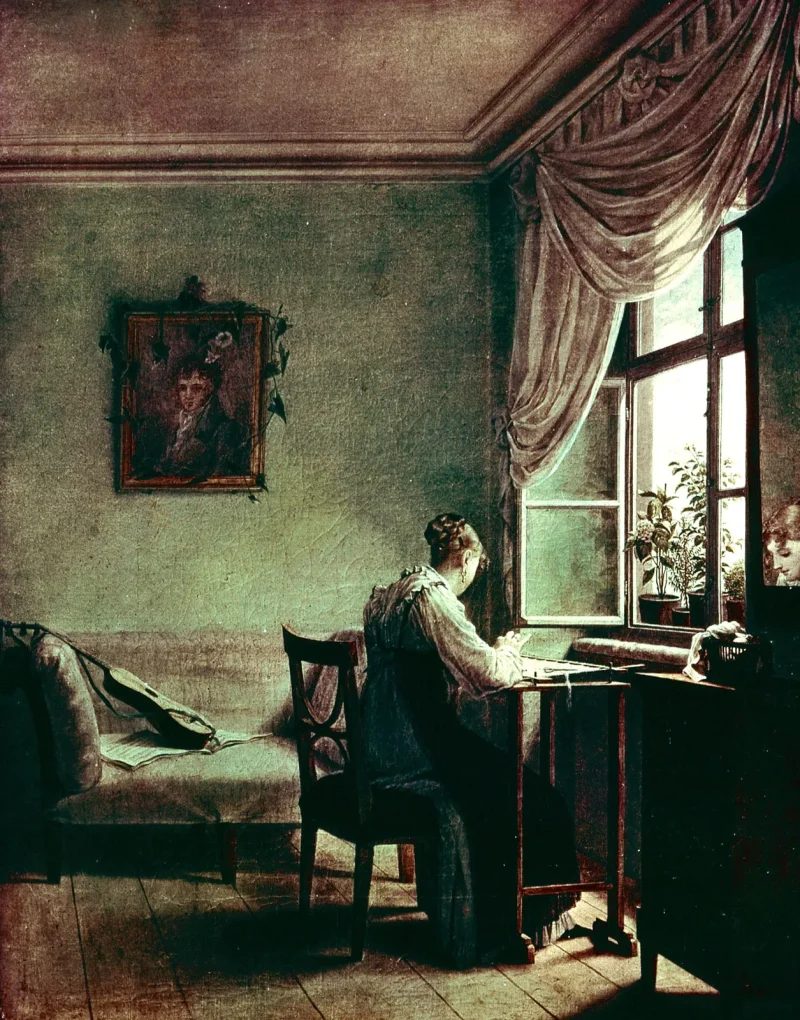
At its core, Biedermeier furniture was all about simplicity and functionality. A style following the philosophy of elegance meeting simplicity, clean lines, and graceful curves. The ornate and lavish designs of the past were fussy, albeit beautiful, leading to the desire to be replaced by sleek and minimalistic forms. The wood was the star of the show, with its natural beauty and grain patterns highlighted through the use of soft, warm colors.
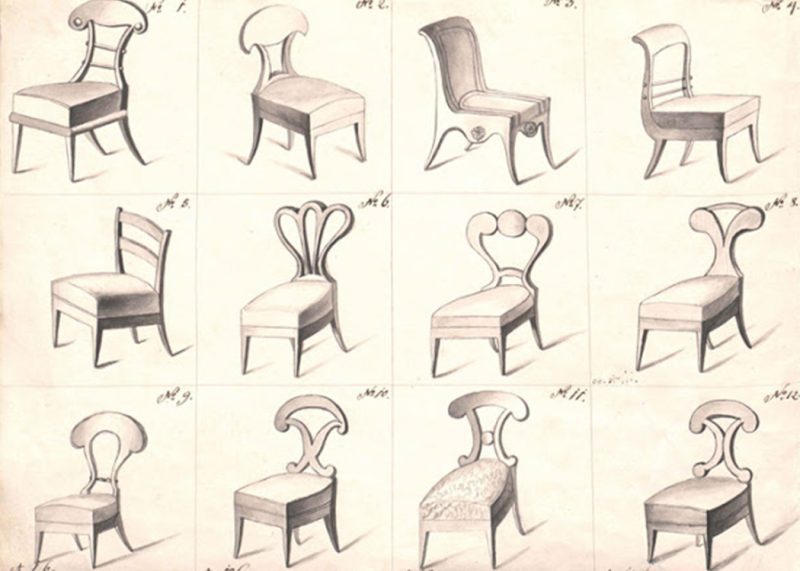
The Biedermeier furniture makers were masters of their craft, blending traditional techniques with new technologies to create pieces that were both beautiful and functional. Chairs were designed with comfortable backrests and seats, tables were made with extendable leaves, and cabinets were built with ample storage space.
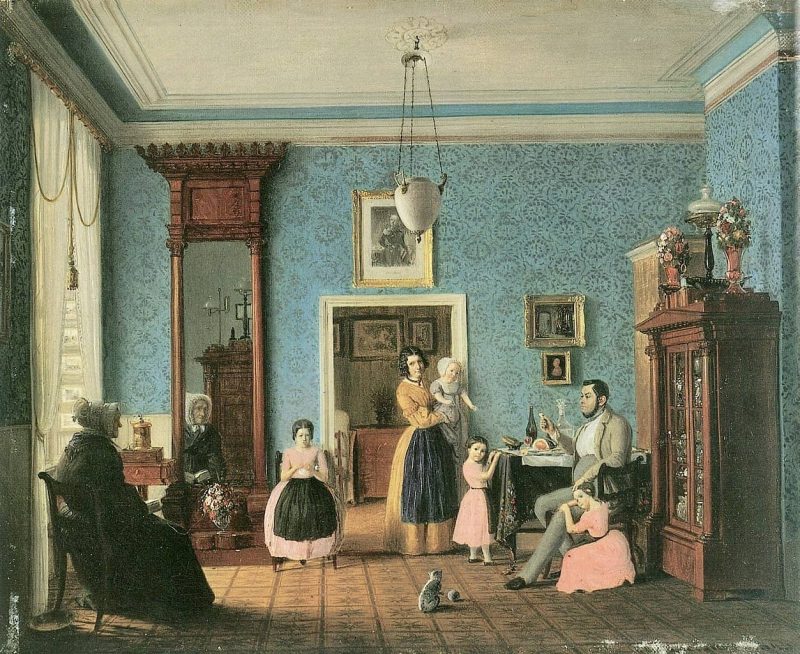
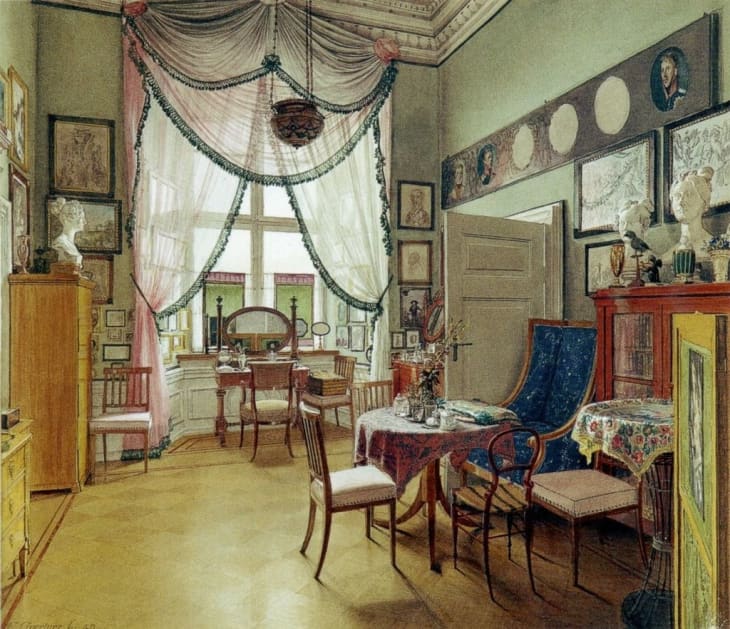
The popularity of Biedermeier furniture quickly spread across Europe, becoming the go-to style for the middle and upper classes. Its influence could be seen in the grand palaces of Vienna and the charming cottages of the countryside.
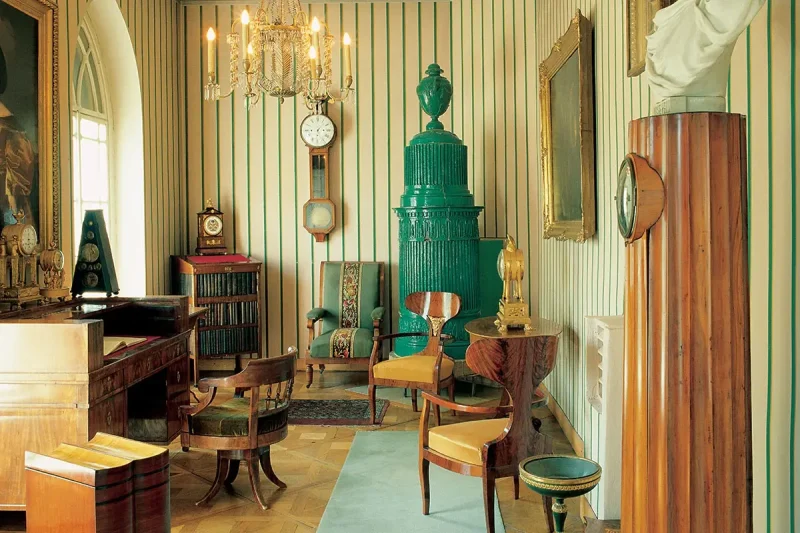
As time passed, the Biedermeier movement gradually faded into obscurity, replaced by new styles and trends. The ever-shifting tides of fashion and the emergence of avant-garde movements forced the once-beloved Biedermeier movement struggled to keep up with the bold strokes of a new era. Its elegant and understated lines gradually became overshadowed by more flamboyant and experimental designs. The demise of the Biedermeier furniture was not a sudden cataclysm, but a slow descent as new trends marched on.
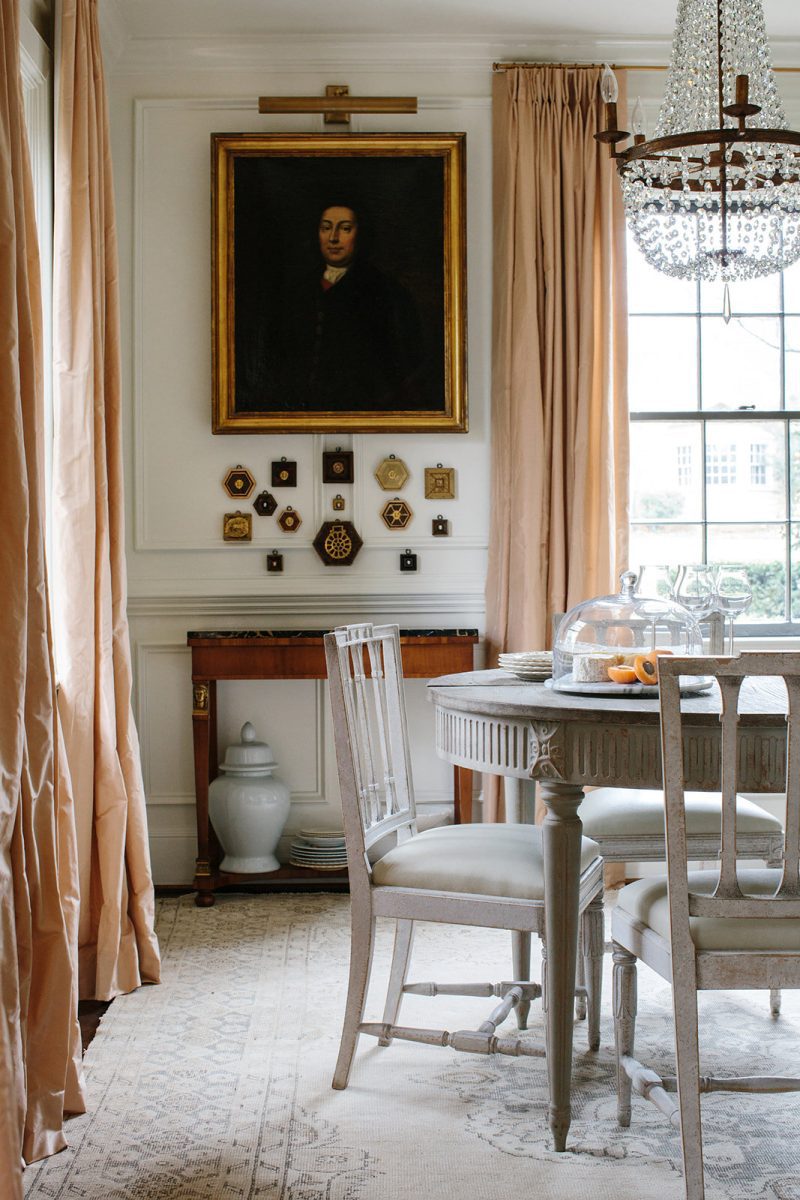
Today, its resurgence makes perfect sense. As younger generations begin to create homes of their own and gravitate towards furniture pieces of quality, the ethos and style of Biedermeier blend seamlessly into modernity. It is elegant yet accessible with its use of clean curves, glossy finishes, and geometric bones superbly toeing the line between masculine and feminine.
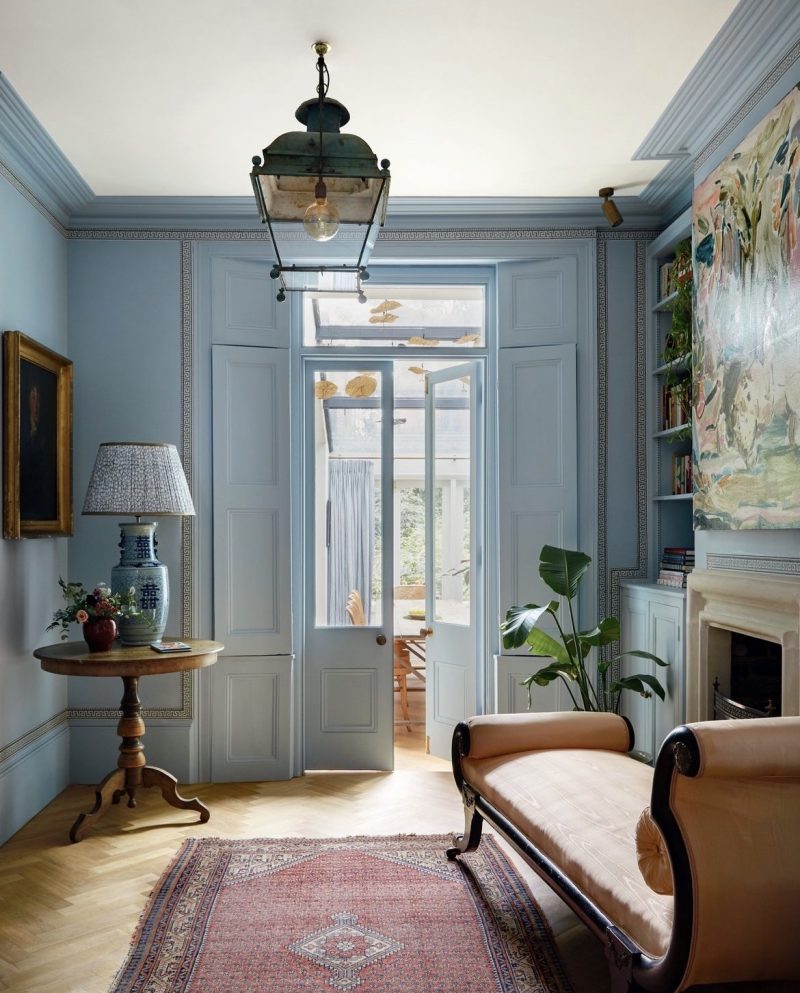
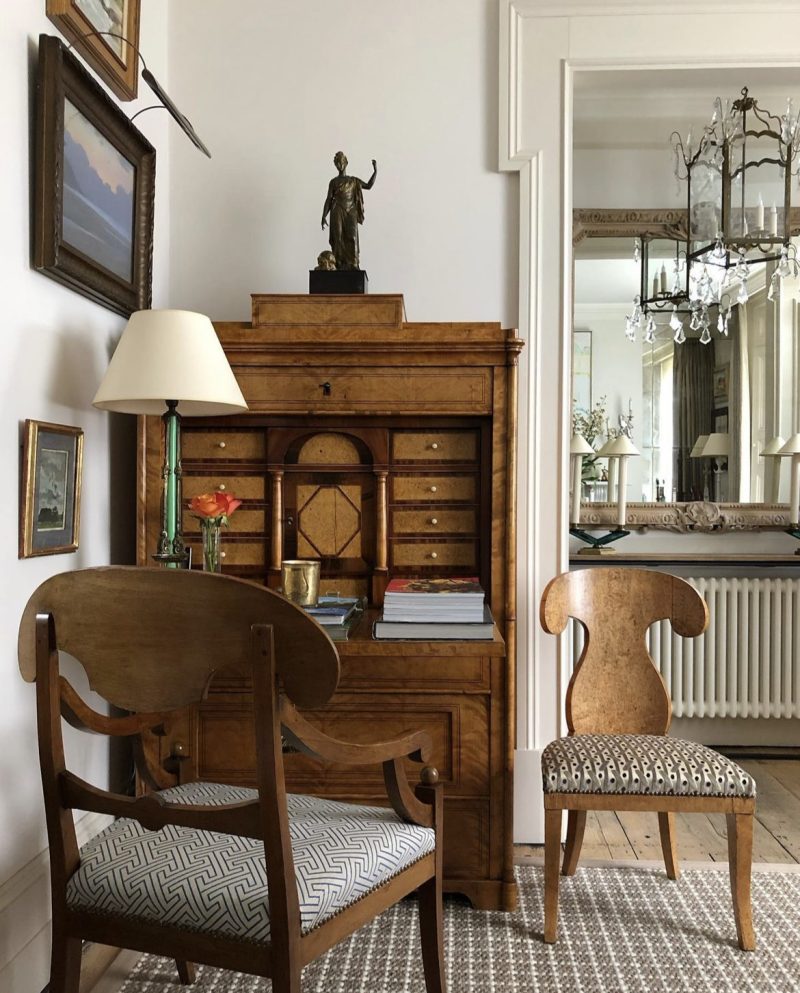
What are your thoughts on Biedermeier furniture?
Shop our Biedermeier finds!
x Natalie
Follow TGP on Instagram: @theglampad
Follow Natalie on Instagram: @natalieealdridge




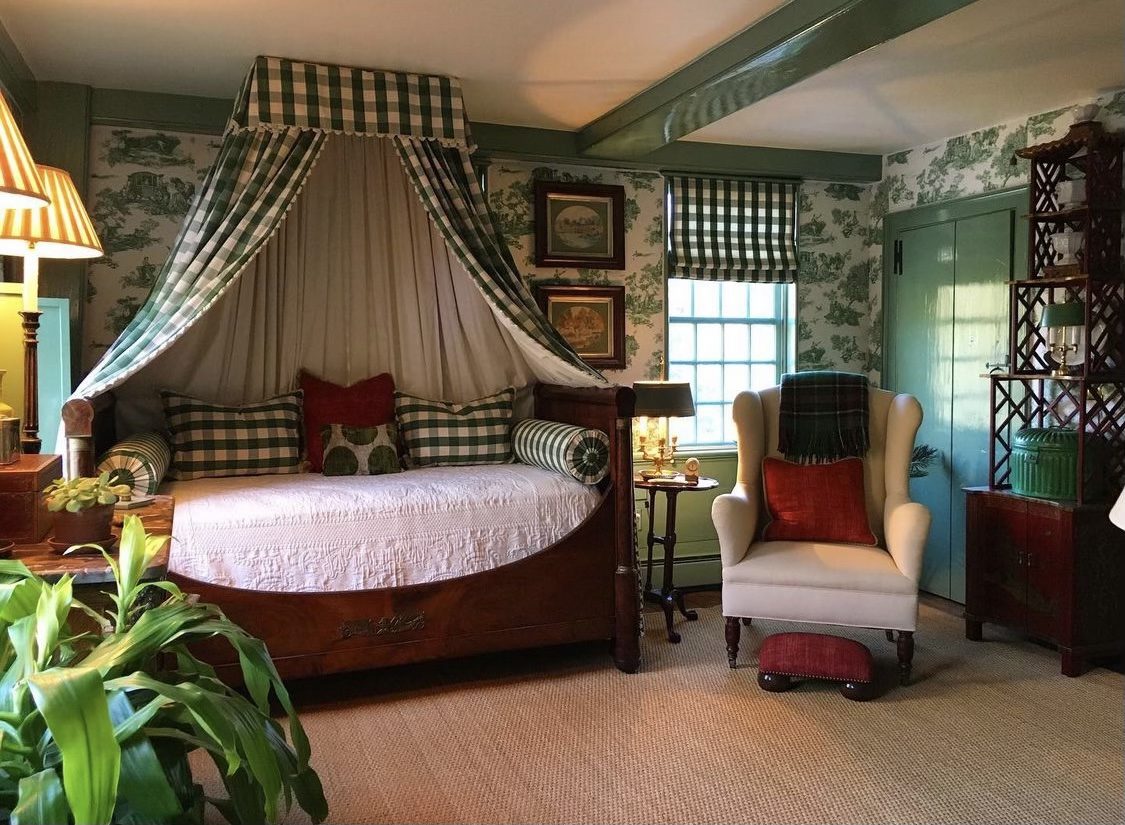


Biedermeier = beautiful and elegant!
So pretty and classic. Now adding “Biedermeier” to my Facebook Marketplace alerts.
Biedermeier is one of my favorite styles. I love the light finish on the wood with a black inlaid. just beautiful!
It has always been my favorite style. It is classic, comfortable, can be elegant or casual.
Classic timeless period.. will always work..
As a history and design enthusiast, I greatly appreciate the deep-dive into the world of Biedermeier furniture. I would like to add that it’s interesting to observe how this period of furniture design still has a significant impact on some of today’s Scandinavian and minimalistic styles. The focus on natural wood and simple lines has persisted in interior design trends, making the Biedermeier style not just a historical artifact but a timeless source of inspiration. Moreover, as a response to the current environmental challenges, there’s a renewed emphasis on sustainability in design. The Biedermeier movement, with its accent on natural materials and sturdy craftsmanship, can teach us a lot in this respect. Many of these antique pieces have survived over the centuries, which speaks to their longevity and the less disposable nature of furniture from this era.